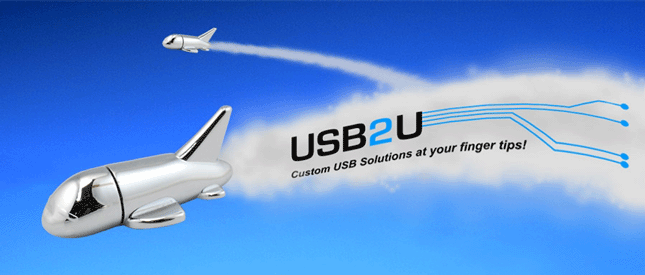Will The Cloud Kill The USB Flash Drive
Cloud based storage solutions like Dropbox provide an incredibly convenient way to store/back up your personal data. Files like Word documents, photos, videos etc. that have been uploaded to a Dropbox account can then be accessed from any internet enabled device (PC, mobile phone, iPhone, iPad, Blackberry) wherever you are in the world. Typically you just need a browser, an android app for your android phone or PDA or an app for your iPhone or iPad.
Dropbox is the current market leader but their dominance is about to be challenged by YouSendIT whose services are used by many businesses who struggle to send emails with large attachments. With 32 million registered users YouSendIT are well placed to quickly gain market share and with a tiered pricing structure that starts at “Free” for up to 2GB they certainly mean business. Beyond 2GB though you will have to pay for the service and the price ratchets up the more space you use (and you pay a monthly fee rather than a one-off charge)
Another neat feature of these Cloud based storage and data transfer solutions is that the data is held securely on servers that use Secure Sockets Layer (SSL) and AES-256 bit encryption. Not only that but both you get to see a history of what you’ve saved and you can un-change or un-delete files if you’ve made changes you need to undo.
Cloud based storage solutions are without doubt very impressive and they look set for huge growth over the next few years but will they lead to the death of the immensely popular USB flash drive?
We think it’s too soon to write-off the USB flash drive because:
- No cloud based solution (private or public) is perfect and as such access to your data is entirely at the mercy of your service provider so there is always the risk that when you need your data the most the Cloud could be down.
- Even if you are tempted to use a Cloud based storage solution it is still worth employing a “belts and braces” approach and backing up your files onto a USB flash drive. This is a particularly important personal strategy if you’re planning on using your files during an important meeting, at a conference or seminar or if you’re on a deadline to deliver coursework to your school or college.
- Once you exceed the “Free” thresholds for data storage on the Cloud it can get expensive – a single months cost can be more than buying a good quality, high capacity and high speed USB flash drive. Could storage costs could run into hundreds of pounds per year.
- No speed issues – transferring large files from a USB flash drive is quick, painless and simple. Arguably you can say the same for Cloud based storage solutions but only if you are connected to fibre optic connection!
- If you’re a company and you want to promote your brand, sell your products or inform your customers (or prospective customers) then USB flash drives win hands down over the Cloud. A USB flash drive that has been printed or engraved with your logo and pre-loaded with your sales collateral is a fantastic “giveaway” at a tradeshow, event, of seminar. Posting a URL or link that people can download files from just doesn’t have the same impact and nor will it for the foreseeable future!
With a nod in the direction of Mark Twain - The reports of the death of the USB flash drive have been greatly exaggerated.

